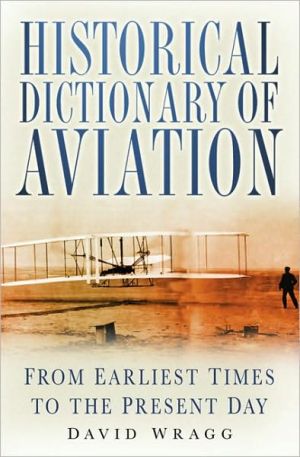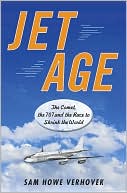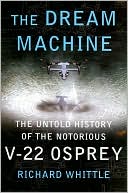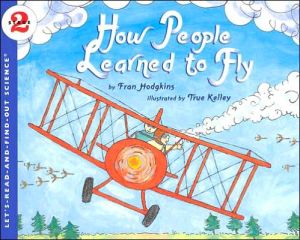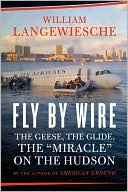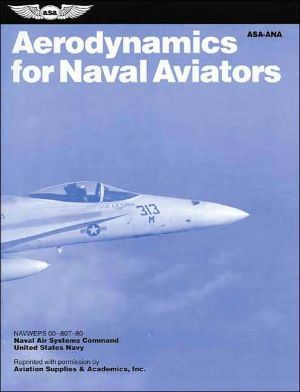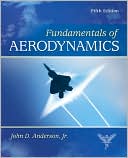Historical Dictionary of Aviation: From Earliest Times to Present Day
Aviation is one of today's main industries and a key component of modern warfare. Compiled by an aviation specialist of several decades' standing, Historical Dictionary of Aviation is an authoritative, wide-ranging reference work covering both the development of civil and military aviation from earliest times and the aviation scene today. Historical Dictionary of Aviation provides a quick and easy reference for the aviation enthusiast and professional, but also those, such as journalists,...
Search in google:
Aviation is one of today's main industries and a key component of modern warfare. Compiled by an aviation specialist of several decades' standing, Historical Dictionary of Aviation is an authoritative, wide-ranging reference work covering both the development of civil and military aviation from earliest times and the aviation scene today. Library Journal Focusing on aeronautics technology and its profound significance for military strategy, Wragg (Plan Z) steers his guide away from aviation's role in facilitating space exploration, a fact underscored by NASA's single-paragraph entry. Organized alphabetically, 4000 term definitions and figure profiles run multiple paragraphs in length and define the key discoveries, organizations, and people in aviation history. Occasionally, the entries (e.g., Enola Gay) omit reference to contemporary discourse, such as the controversial 1994 Smithsonian exhibition. Still, a vital reference and a practical accompaniment to Walter J. Boyne and Mae E. Jemison's Chronicle of Flight: A Year-by-Year History of Aviation.
\ Library JournalFocusing on aeronautics technology and its profound significance for military strategy, Wragg (Plan Z) steers his guide away from aviation's role in facilitating space exploration, a fact underscored by NASA's single-paragraph entry. Organized alphabetically, 4000 term definitions and figure profiles run multiple paragraphs in length and define the key discoveries, organizations, and people in aviation history. Occasionally, the entries (e.g., Enola Gay) omit reference to contemporary discourse, such as the controversial 1994 Smithsonian exhibition. Still, a vital reference and a practical accompaniment to Walter J. Boyne and Mae E. Jemison's Chronicle of Flight: A Year-by-Year History of Aviation.\ \
